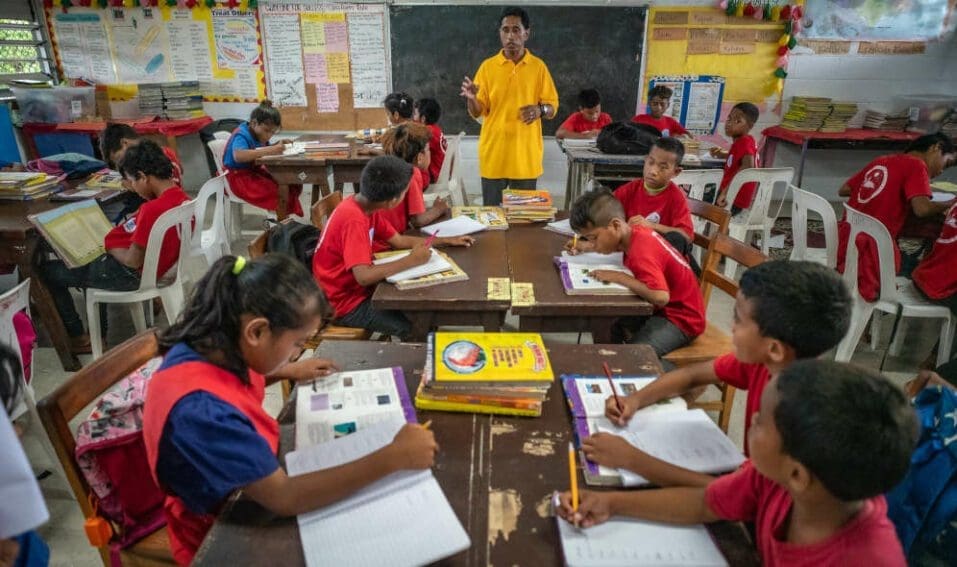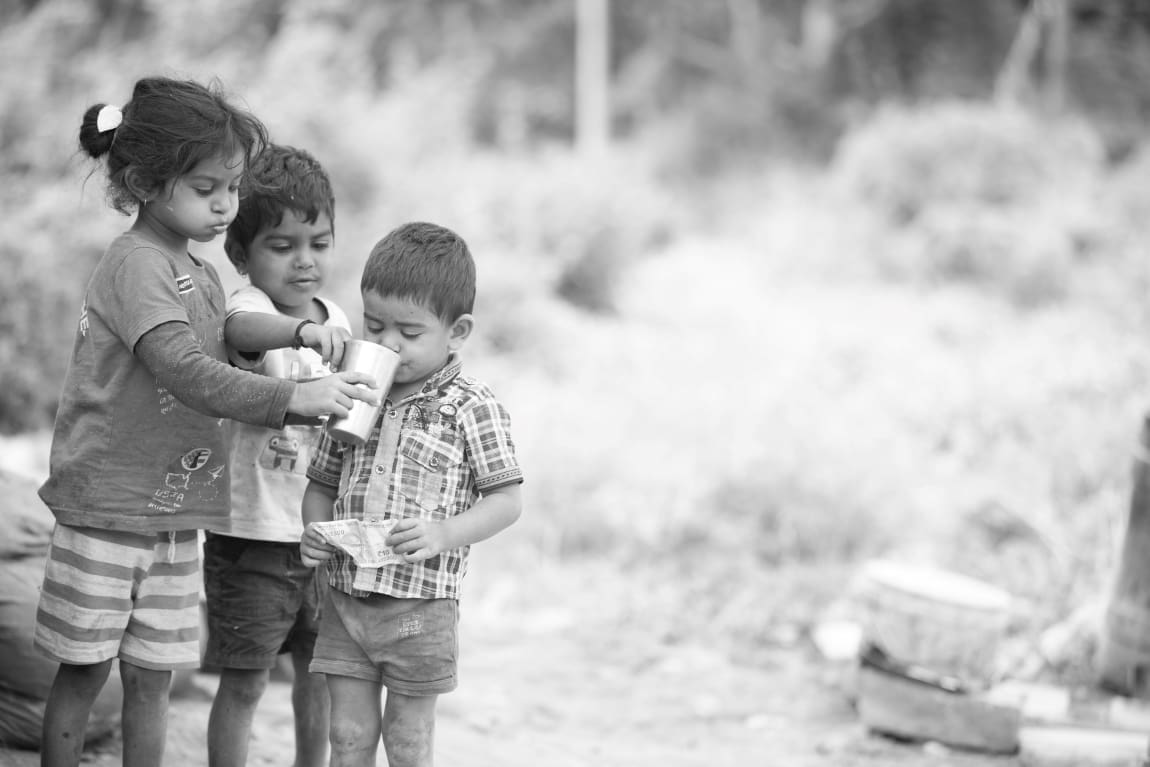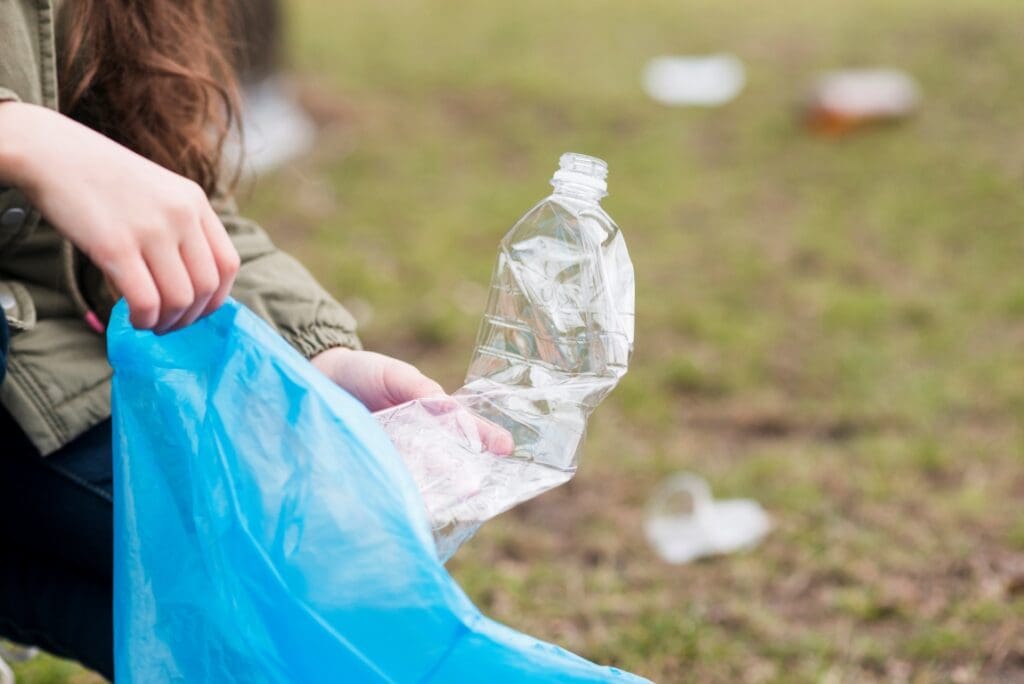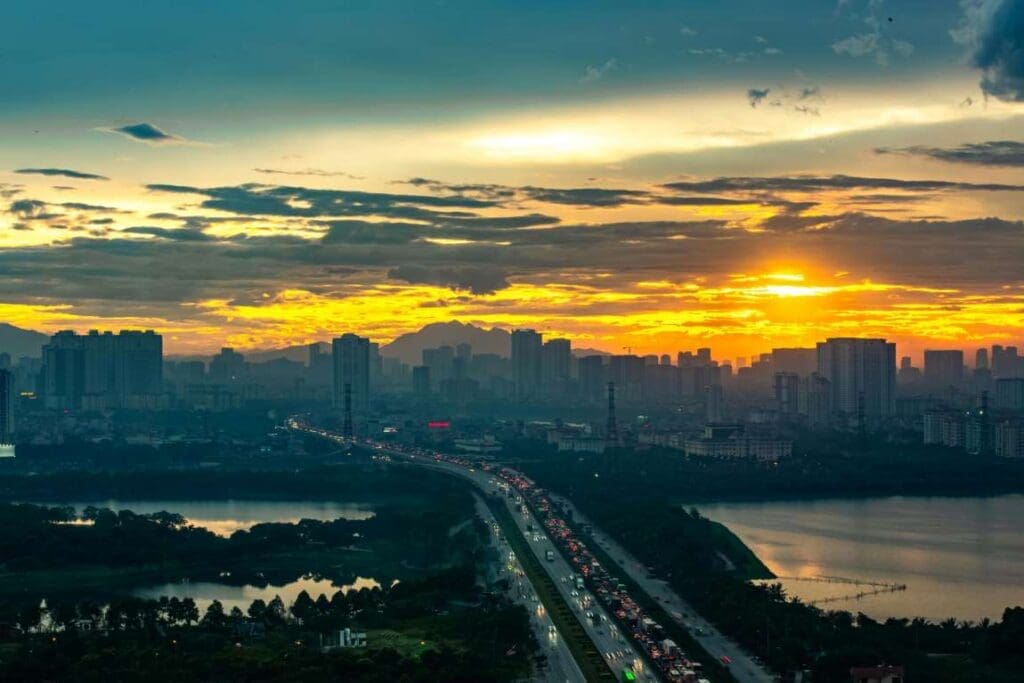By Ranjit Devraj, SciDev.Net
As temperatures in India’s national capital region hovered above a scorching 47 degrees Celsius in mid-May, authorities ordered the closure of schools across the country.
Privately-run schools in Delhi equipped with air-conditioned classes and school buses ignored the shutdown order — a stark display of how the education gap works. However, a few days later, they also had to close following a separate local government order.
In the surrounding northern Indian states of Haryana, Madhya Pradesh, Punjab and Rajasthan, where educational infrastructure is far worse than in Delhi, respective local governments followed suit ordering an early start to summer vacations.
South-East Asia faced a similar predicament.
With the heat index – which takes into account humidity – exceeding the danger level of 42 degrees Celsius for most of April and May in the Philippines, classes were repeatedly suspended, while Cambodian authorities reduced school days by two hours.
Many schools, particularly public schools in developing countries in Asia, are so tightly packed, poorly ventilated and badly equipped to deal with extreme heat. Some don’t have fans or even electricity to run them, especially in poor and remote areas, leading to an uncomfortable, unhealthy and unsafe learning environment.
Conditions in the home are no better, so online classes offer a poor alternative and only disadvantage children from low-income households who can’t afford the internet or computers.
Children at risk
Young children are at high risk for heat-related mortality and illnesses, including chronic respiratory conditions, asthma, and cardiovascular diseases, says UNICEF which estimates that across East Asia and the Pacific, around 243 million children are exposed to hotter and longer heatwaves.
But little thought is being given to the fact that climate change now dictates the number of days that schools stay open, whether it’s due to heat, storms or flooding, and its impact on educational outcomes.
In a report released on World Environment Day (5 June), UNESCO says climate change is clearly disrupting education and affecting educational outcomes.
Most countries in the region are experiencing climate-related school closures every year resulting in learning loss and dropouts, hitting marginalised people the hardest.

“Over the past 20 years, schools were closed as a result of at least 75 per cent of the extreme weather events impacting 5 million people or more in low- and middle-income countries,” the UNESCO report states, citing analysis by the World Bank.
It says high temperatures are leading to lower grades and poorer performance in test results. Furthermore, climate vulnerability of poorer families is leading to lost household income, impacting the ability to afford schooling.
The World Weather Attribution, a network of experts looking at how climate affect weather extremes, likened the forced school closures across South and South-East Asia due to extreme heat as similar to the COVID-19 lockdowns that had the effect of “increasing the education gap faced by children from low-income families, enhancing the risk of dropouts, and negatively impacting the development of human capital”.
Closing schools may help tide over the present heatwave conditions but come the heavy monsoon months beginning July authorities will once again resort to shutdowns whenever there are storms and flooding.
Last July, Delhi and surrounding states closed schools following unusually heavy rainfall and flooding. And this year, in neighbouring Bangladesh, growing numbers of schoolchildren are being forced to abandon their education following floods and excessive rainfall.
Further north, Afghanistan is reeling from flash floods that have killed more than 300 people. Experts warn of a difficult monsoon season ahead marked by higher rainfall in Bangladesh, Bhutan, India, Nepal and Pakistan.
“This rainfall will happen in the context of an overall warming trend: of higher-than-normal both minimum and maximum temperatures,” says the International Centre for Mountain Development based in Kathmandu, Nepal.
With Southeast Asia now moving into the monsoon season and possible La Nina in the last quarter of this year, schools here will face even more class suspensions.
A UNICEF report in 2021 warned that children faced “extremely high” risks from climate change impacts that could force school closures. But there is little sign of adaptive action.
Climate actions
It’s unrealistic for schools in the region to spend money on air-conditioning and costly infrastructure to lessen disruption from extreme weather, not to mention the increase in carbon emissions. Most public schools don’t even have proper sanitation facilities and drinking water.
There are no easy fixes. But there are actions that can be taken now.
Ventilations of school buildings must be improved. More classrooms should be built to reduce overcrowding of rooms. It also follows that more teachers should be hired.
New school buildings must be resilient against climate shocks and should not be built in flood-prone areas. Investing in disaster-resilient infrastructure and digital learning can reduce long-term disruption to education.
More trees should be planted in school grounds and nearby areas. Currently, a lot of schools are devoid of trees and have cemented entire grounds to reduce maintenance.
In the Philippines, the President ordered the return to the old academic year which starts in June and ends in March to avoid the heat.
In the long-term, however, only a reduction in global emissions can make the difference. That will require recognition that climate change is unfair, with low emitters the most vulnerable.
It is only reasonable that high-emitting countries help build adaptive capacity in low-emitting countries, with emphasis on keeping children safe in schools, rain or shine.
This article was originally published on SciDev.Net. (Republished under Creative Commons Commons Attribution licence 2.0 CC BY-NC-ND 2.0). Read the original article.
Featured image credit: Anil Sharma | Pexels




